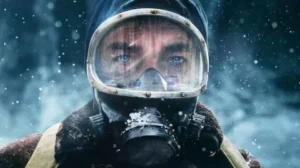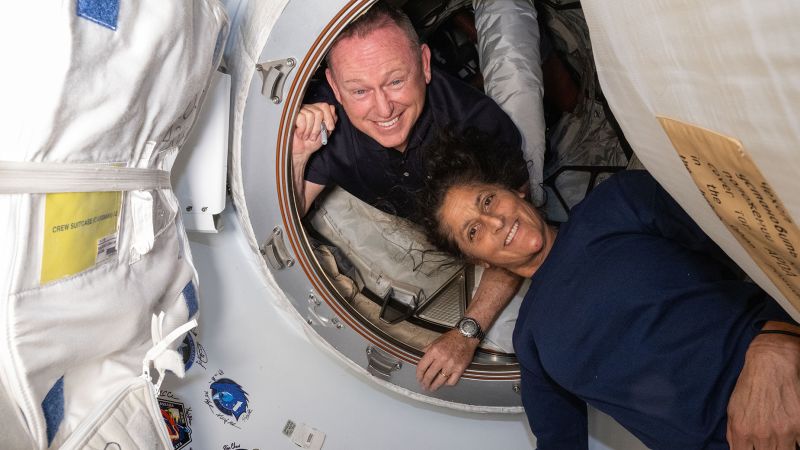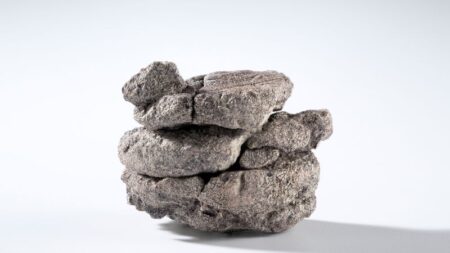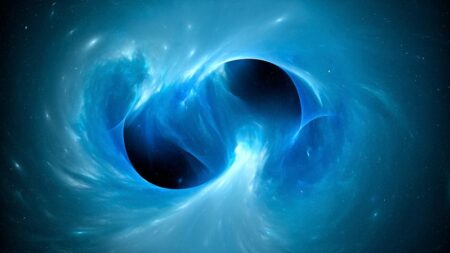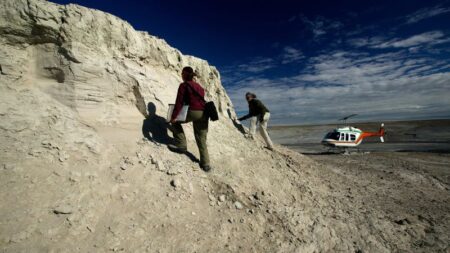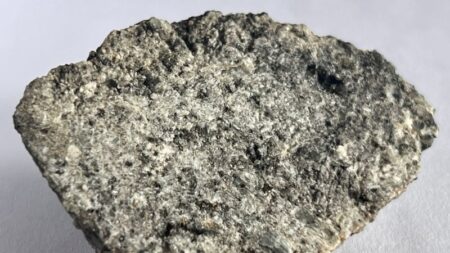Two astronauts on board Boeing’s Starliner spacecraft have been in space for over a month, experiencing technical issues that have delayed their return indefinitely. The historic test mission, marking the first crewed flight of the Boeing-built spacecraft, has been a mix of challenges and successes. Despite thruster failures and helium leaks, the astronauts praised the vehicle’s performance and precision control.
NASA and Boeing are still investigating the root cause of the issues, conducting tests on the ground in New Mexico. The crew, comprised of astronauts Sunita Williams and Butch Wilmore, are not “stuck” in space, but officials have not given a return date. The spacecraft is attached to the International Space Station so that teams on the ground can continue to gather data on the technical problems encountered.
Ahead of liftoff, NASA reorganized the cargo on board to include a pump necessary for the space station bathroom. A piece of the water processing system broke in May, requiring NASA to find replacements quickly. Spare clothes and toiletries were removed from the cargo to make room for the needed equipment.
Boeing’s Starliner is competing with SpaceX’s Crew Dragon capsule as part of NASA’s Commercial Crew program. SpaceX’s Demo-2 mission had a successful crewed test flight last year, lasting 64 days. Comparing the two vehicles, Crew Dragon and Starliner, is not straightforward due to their differing designs and mission structures.
Williams and Wilmore’s mission, initially planned for a week, is now approaching its 36th day in space. They have been assisting with tasks on the space station while officials consider extending their mission to at least 90 days. Despite the challenges faced, the crew remains optimistic and focused on completing their mission successfully.



